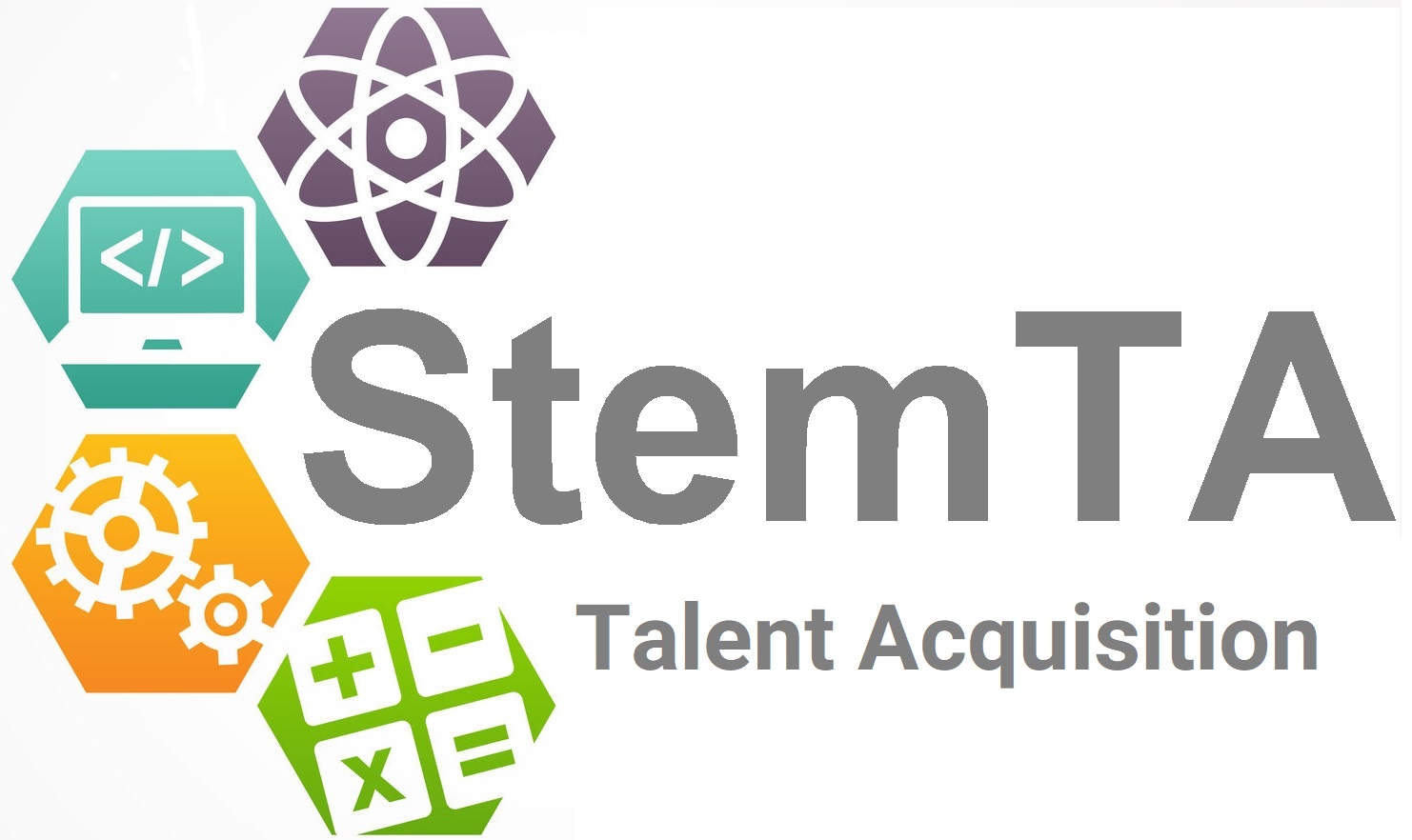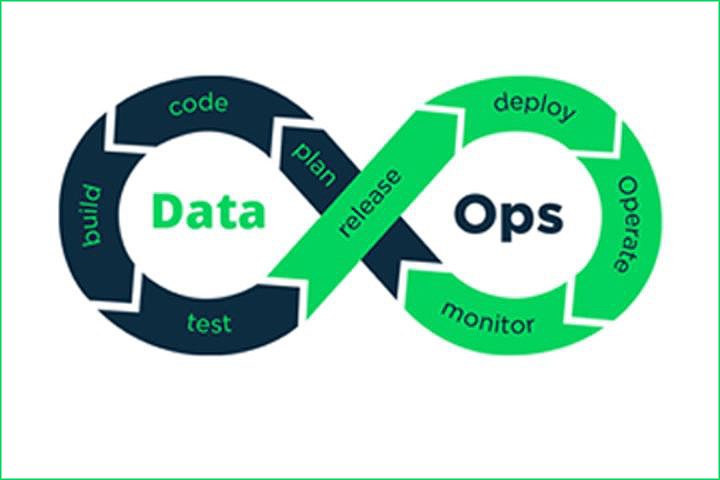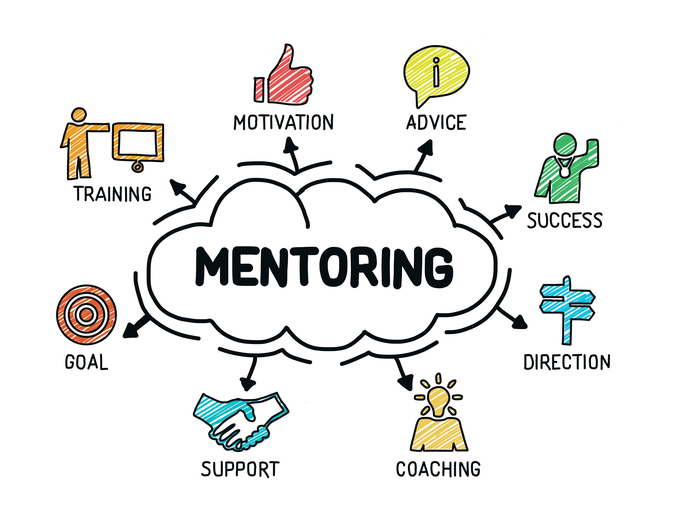Move from Data Analyst Career to Data Strategist
Article Title: Move from Data Analyst Career to Data Strategist
Introduction: If you are currently working is a data analyst career or have a keen interest in the field, you’re likely aware of the growing significance of data strategy in the business world. With organizations increasingly recognizing the value of data-driven decision-making, now is an opportune time to explore the possibilities that come with transitioning from a data analyst role to a data strategist. This article aims to provide guidance on making that leap and creating a more impactful career in the field of data strategy.
Understanding the Difference: Before delving into the transition process, it’s important to establish a clear understanding of the key differences between a data analyst career and a data strategist’s. Although both roles are vital in a data-driven organization, they serve distinct purposes.
Data Analyst Career primarily focuses on:
- Collecting, processing, and analyzing data
- Identifying patterns and trends to inform decision-making
- Creating visualizations to communicate findings effectively
Data Strategists, on the other hand, take on a more comprehensive role that involves:
- Developing and implementing data strategies aligned with business objectives
- Ensuring effective data governance, management, and security
- Collaborating with stakeholders to drive a data-driven culture
Skills for Transition: Transitioning from a data analyst career to a data strategist requires building upon your existing skillset and acquiring new competencies. Here are some essential skills to develop:
- Strategic thinking and problem-solving: Enhance your ability to see the bigger picture and understand how data can drive business growth by tackling complex business problems and finding data-driven solutions.
- Data management and governance: Familiarize yourself with data management best practices, including data quality, data integration, and data architecture. Understanding data governance principles will ensure responsible and secure data usage.
- Data visualization and storytelling: Master the art of presenting complex data insights in a visually appealing and easily understandable manner. Effective data visualization and storytelling skills are crucial for communicating with non-technical stakeholders.
- Data privacy and security regulations: Stay updated on data privacy and security regulations, such as GDPR and CCPA, as compliance plays a critical role in successful data strategy implementation.
Gaining Hands-on Experience: To make a successful transition, hands-on experience is crucial. Here are some ways to gain relevant experience:
- Work on data strategy projects within your current role: Propose and take the initiative to work on data strategy projects, even if your organization doesn’t have a formal data strategy in place.
- Collaborate with other data professionals: Expand your knowledge and experience by working with data scientists, data engineers, and business intelligence analysts. Collaborative projects provide valuable exposure to different aspects of data strategy.
- Seek mentorship: Find experienced data strategists who can provide guidance and support throughout your career transition. A mentor can offer valuable insights and help you navigate the challenges of the role.
- Attend workshops and conferences: Participate in relevant events to stay up-to-date with industry trends and best practices in data strategy. Networking with professionals in the field can open doors to new opportunities.
Building a Strong Portfolio: Creating a compelling data strategy portfolio is essential for showcasing your skills and experience. Here’s how to build a well-rounded portfolio:
- Curate diverse projects: Include a mix of projects that demonstrate your ability to tackle various data strategy challenges, such as data governance, management, privacy, and decision-making.
- Showcase data visualization and storytelling skills: Present examples of your work that highlight your ability to convey complex data insights in a visually engaging manner. Utilize tools like Tableau, Power BI, or D3.js to create interactive dashboards or static visualizations.
- Emphasize data strategy successes: Document your involvement in data strategy projects and highlight their impact. Quantify achievements with metrics
Expanding your data analyst career strategy portfolio and targeting your networking and job search strategy, you’ll be able to make a successful career transition from data analyst
Building on your current skillset while adding experience in data strategy and marketing your accomplishments you’ll be able to make a difference in a data analyst career role.
The field of data science and strategy is changing with AI, so anticipate lifelong learning to stay ahead of your competition. Good Luck as you start down the data analyst career move to becoming a data strategist! Please contact a Recruiter at Stemta Corporation for more info!





Responses